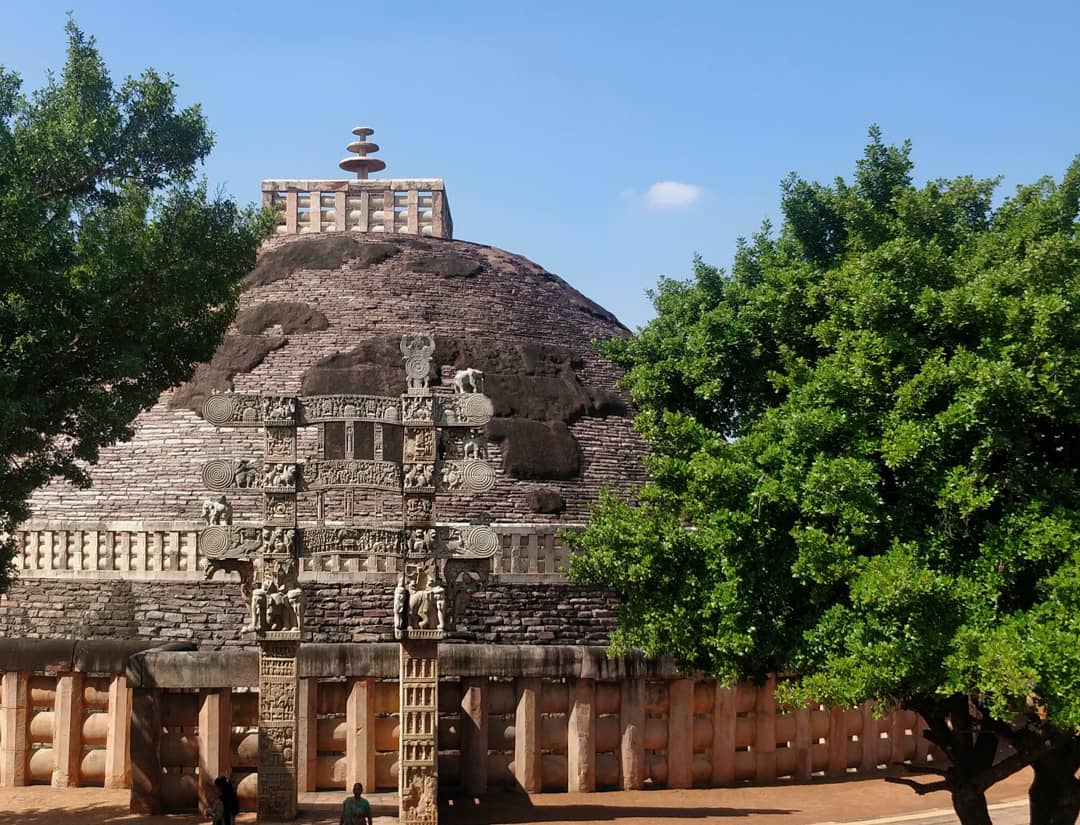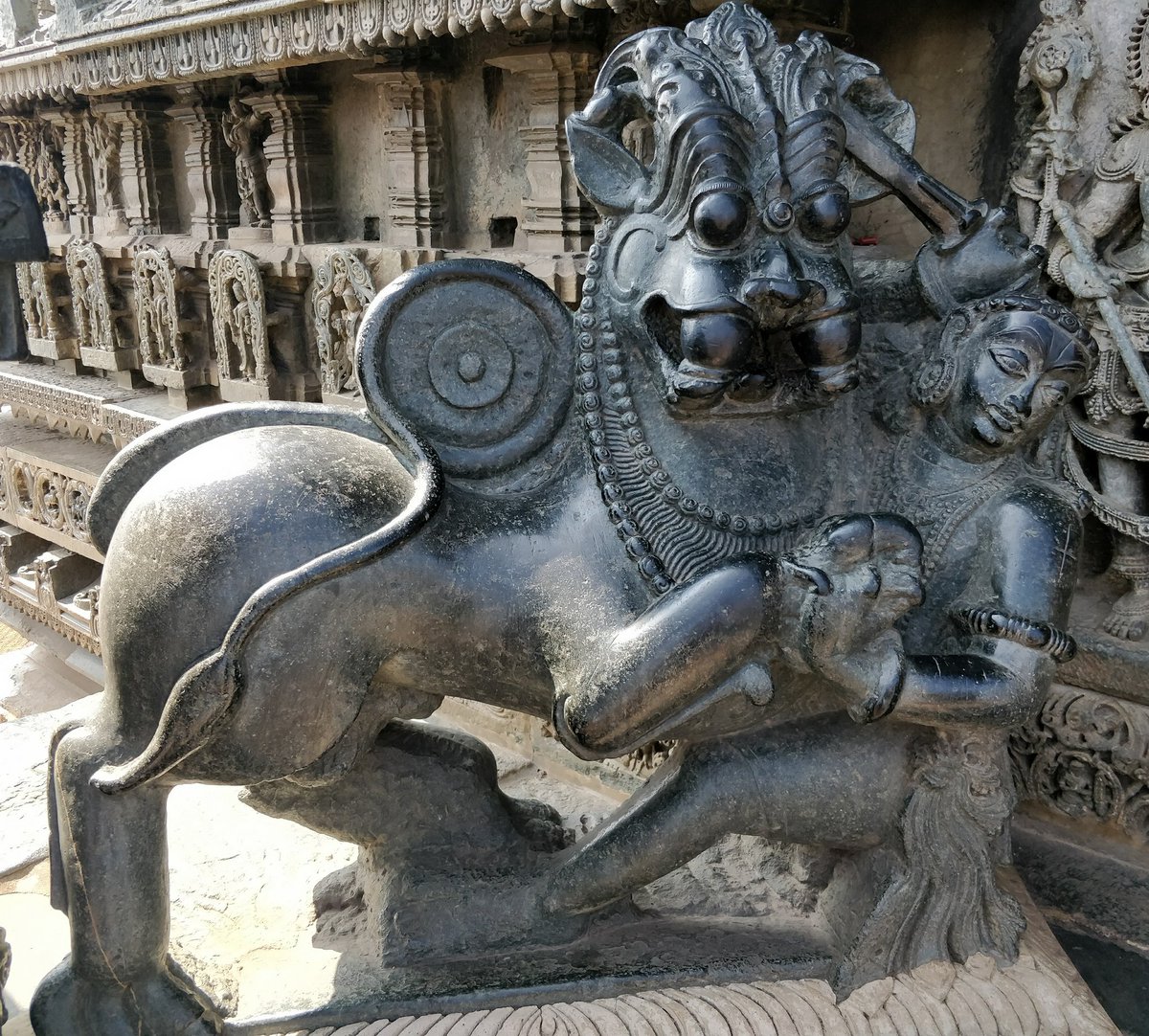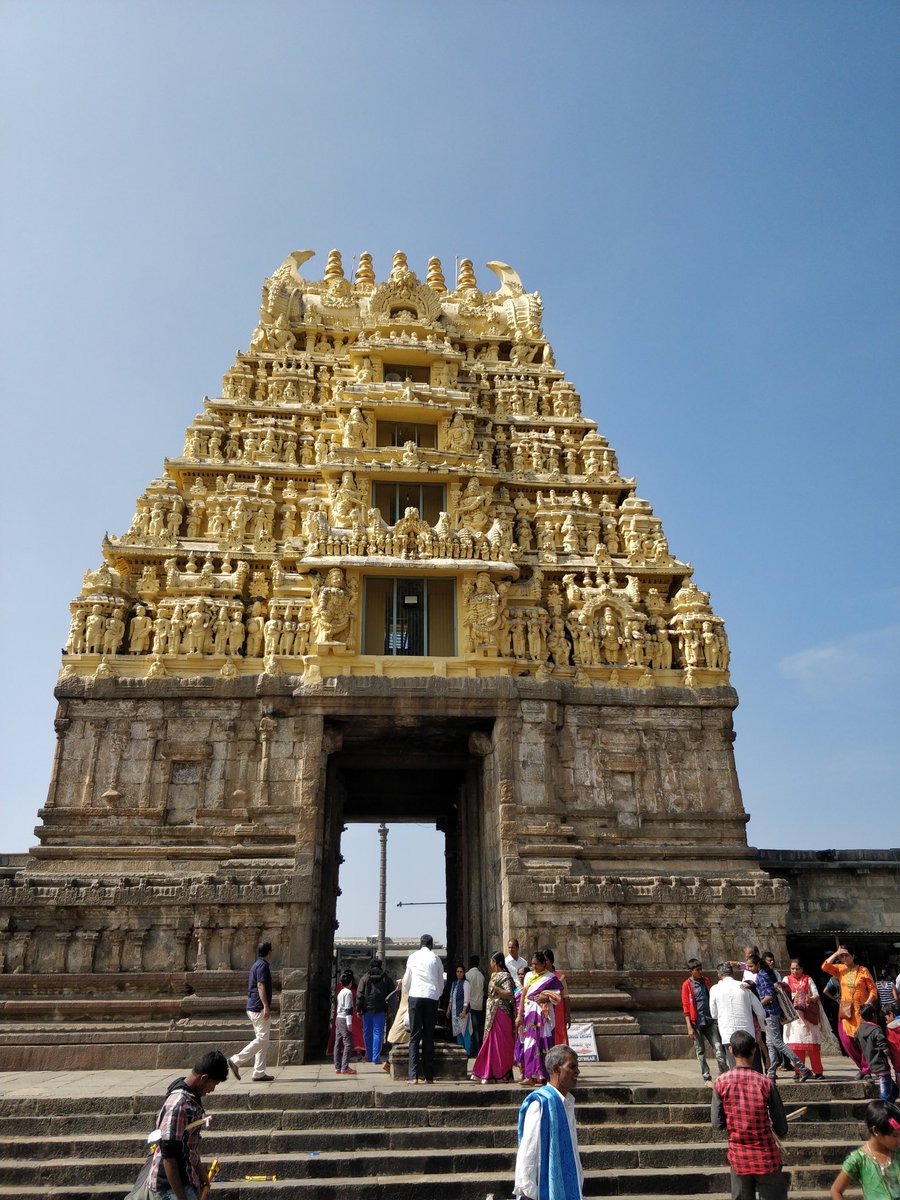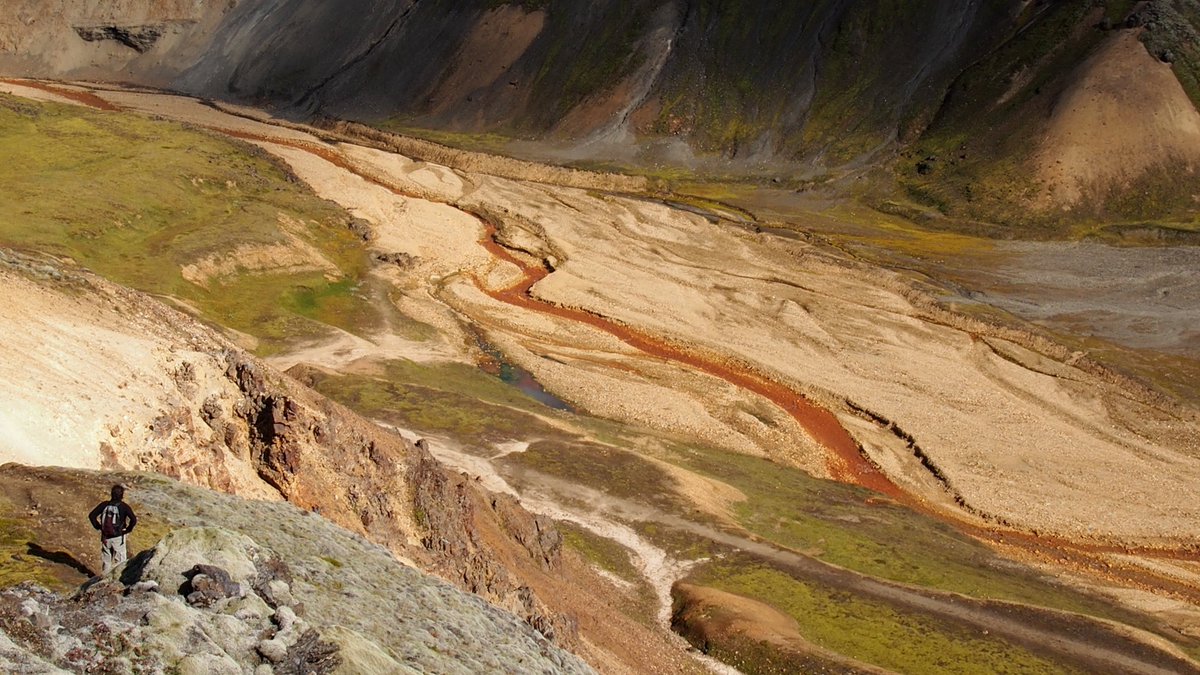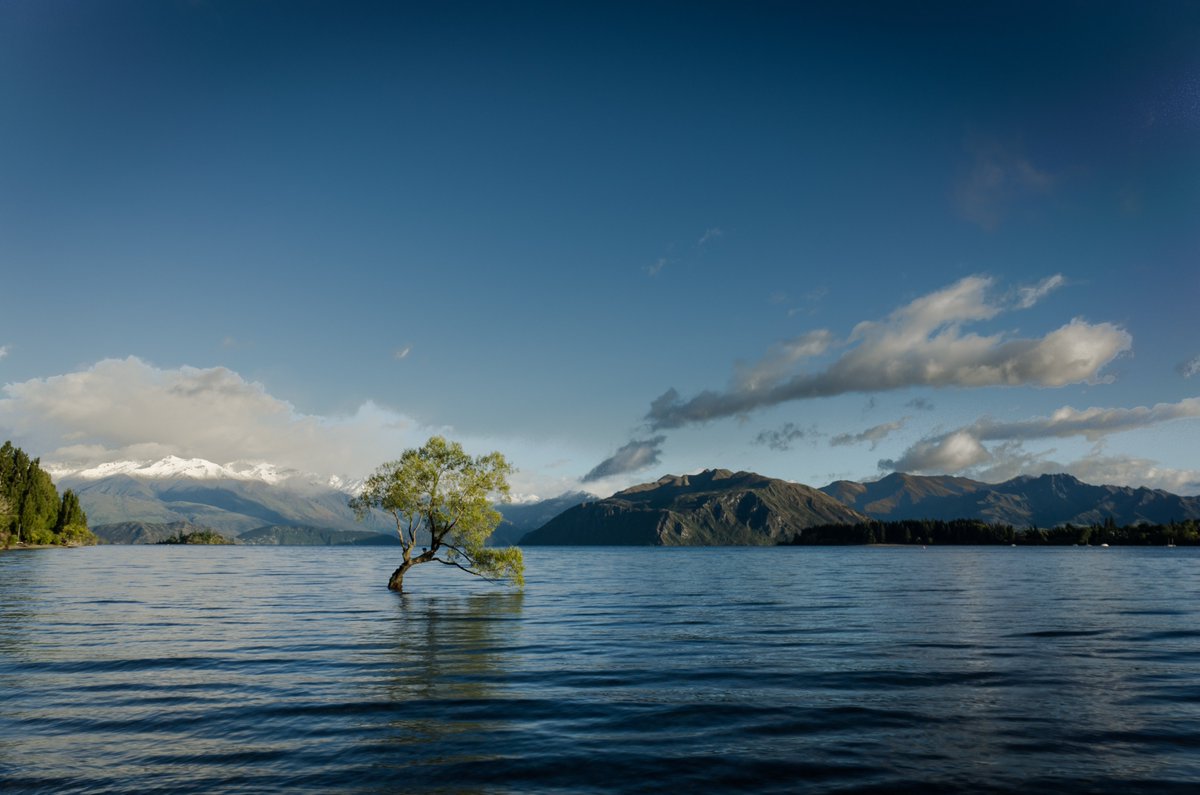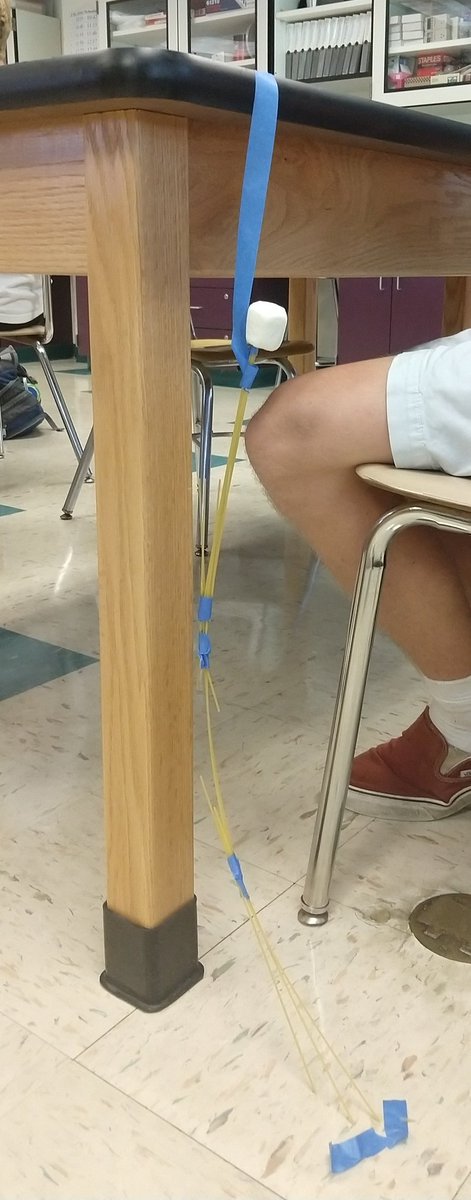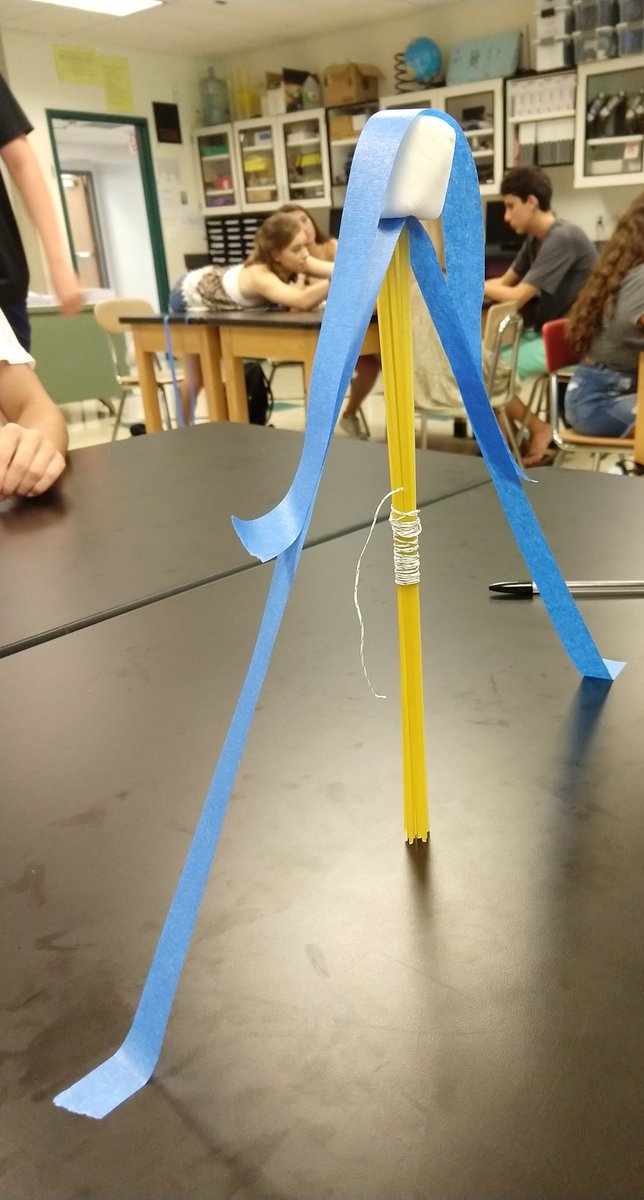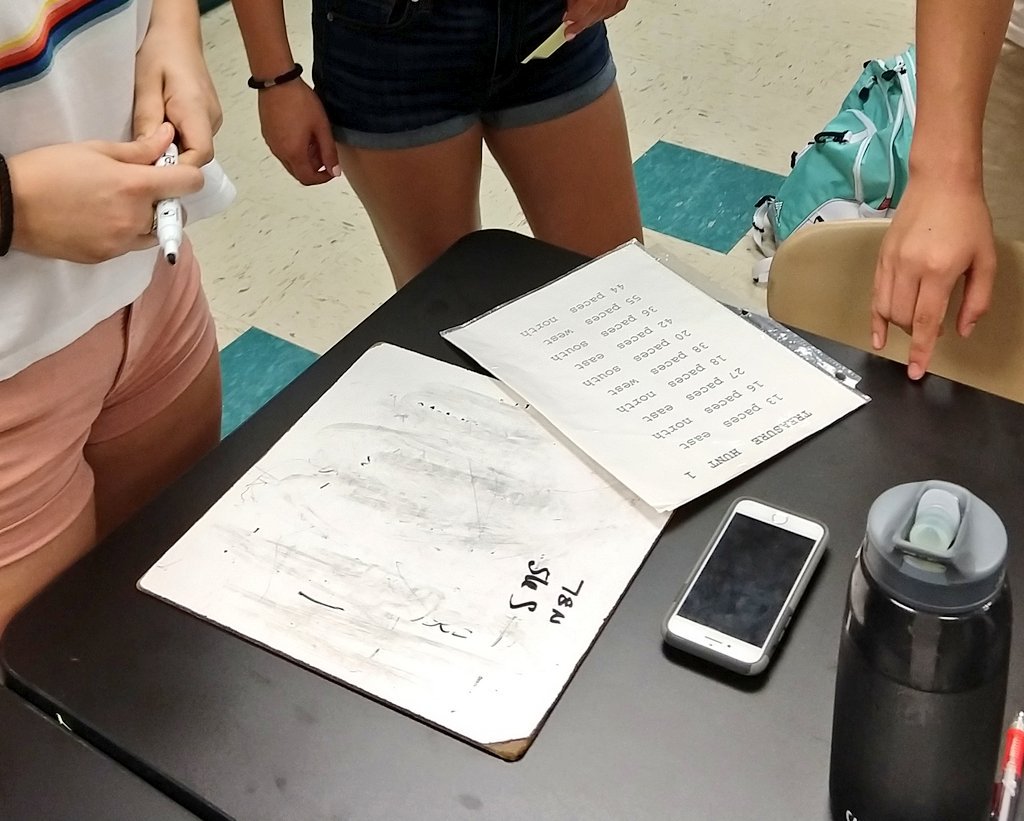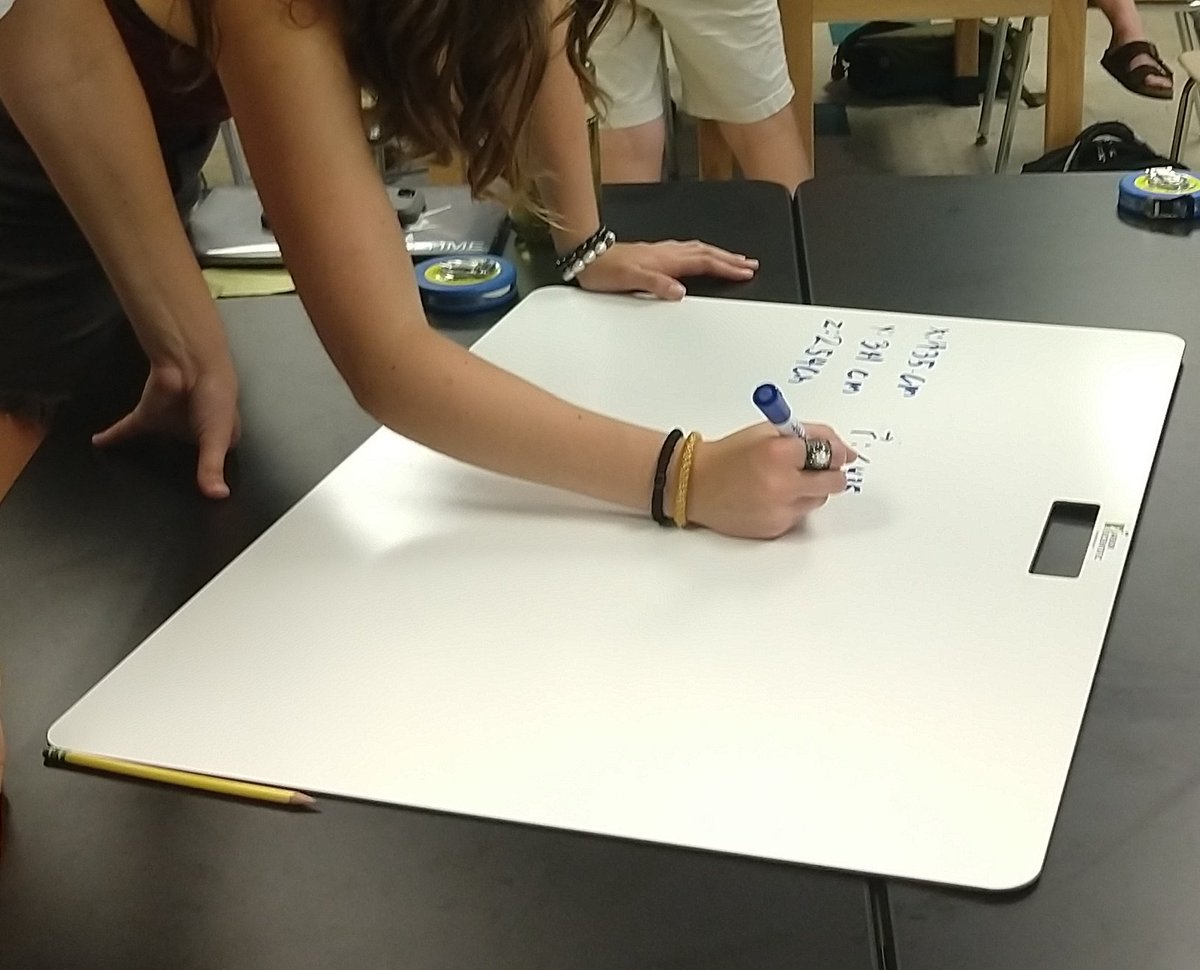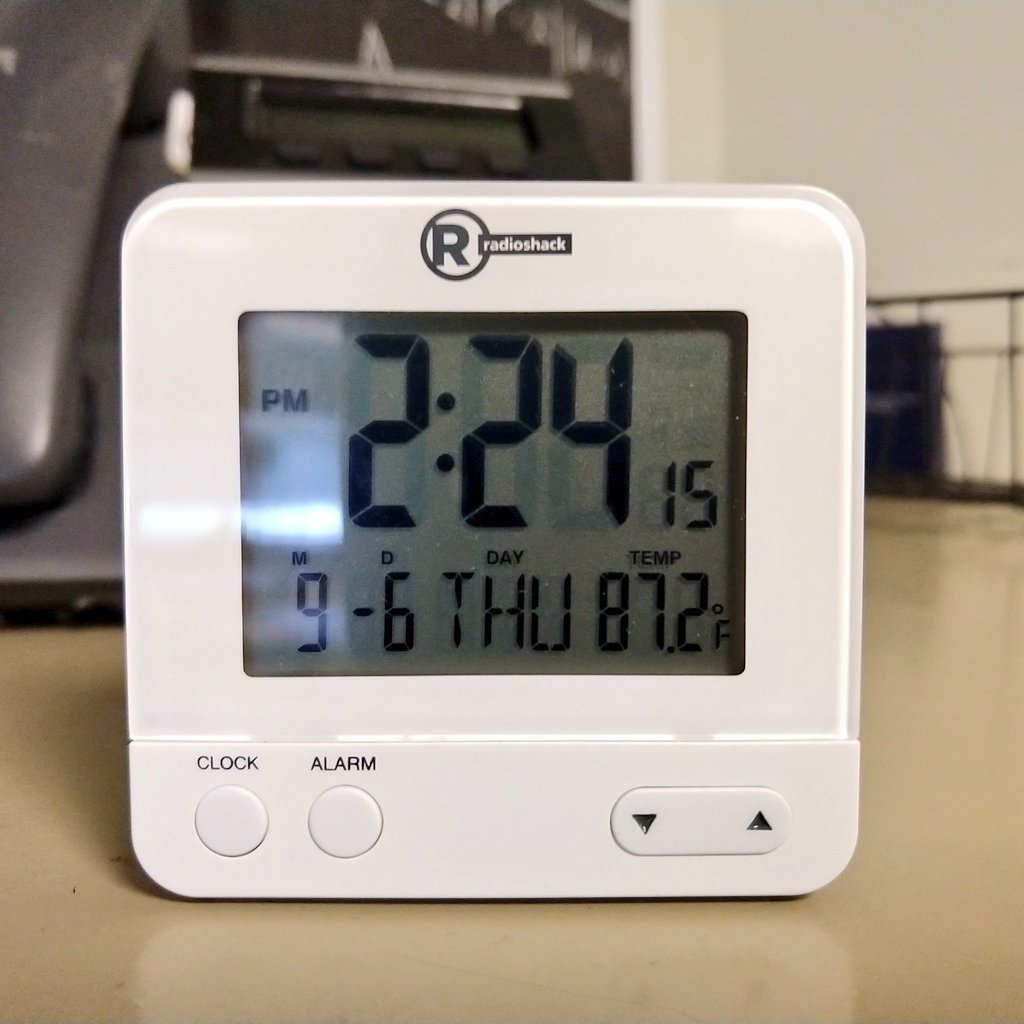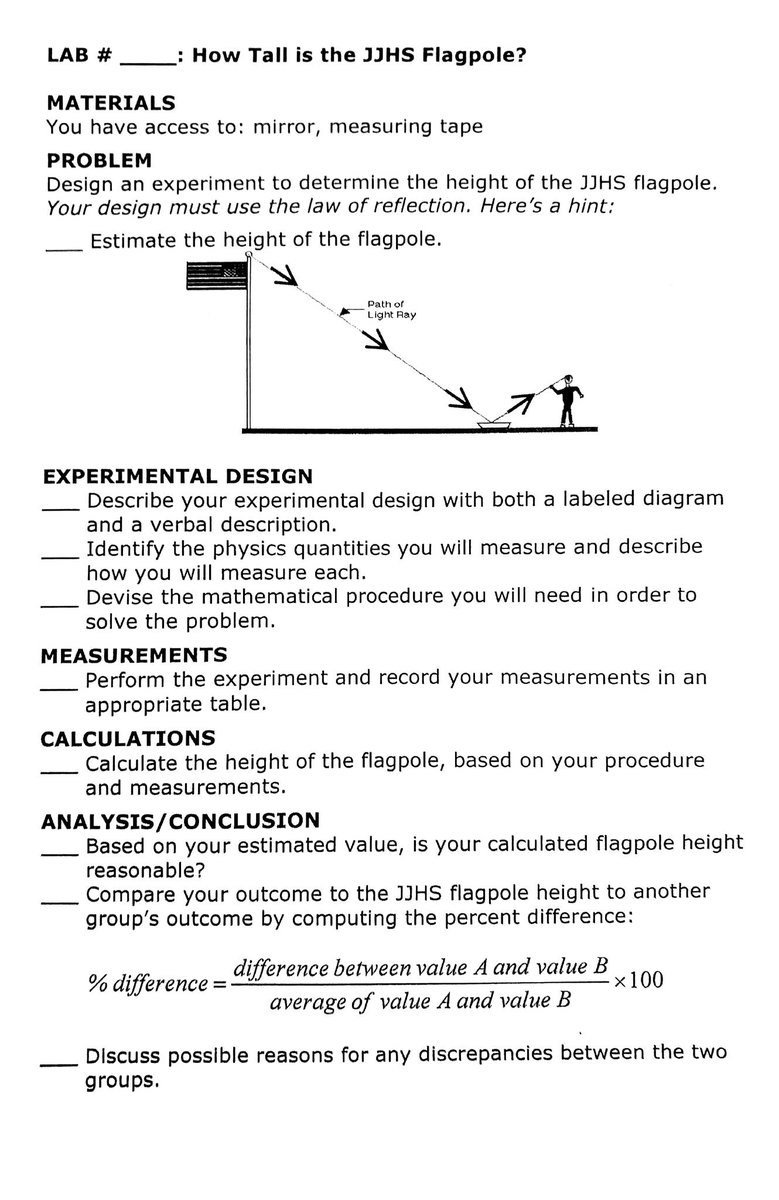1. The Bhilsa Topes (1854)
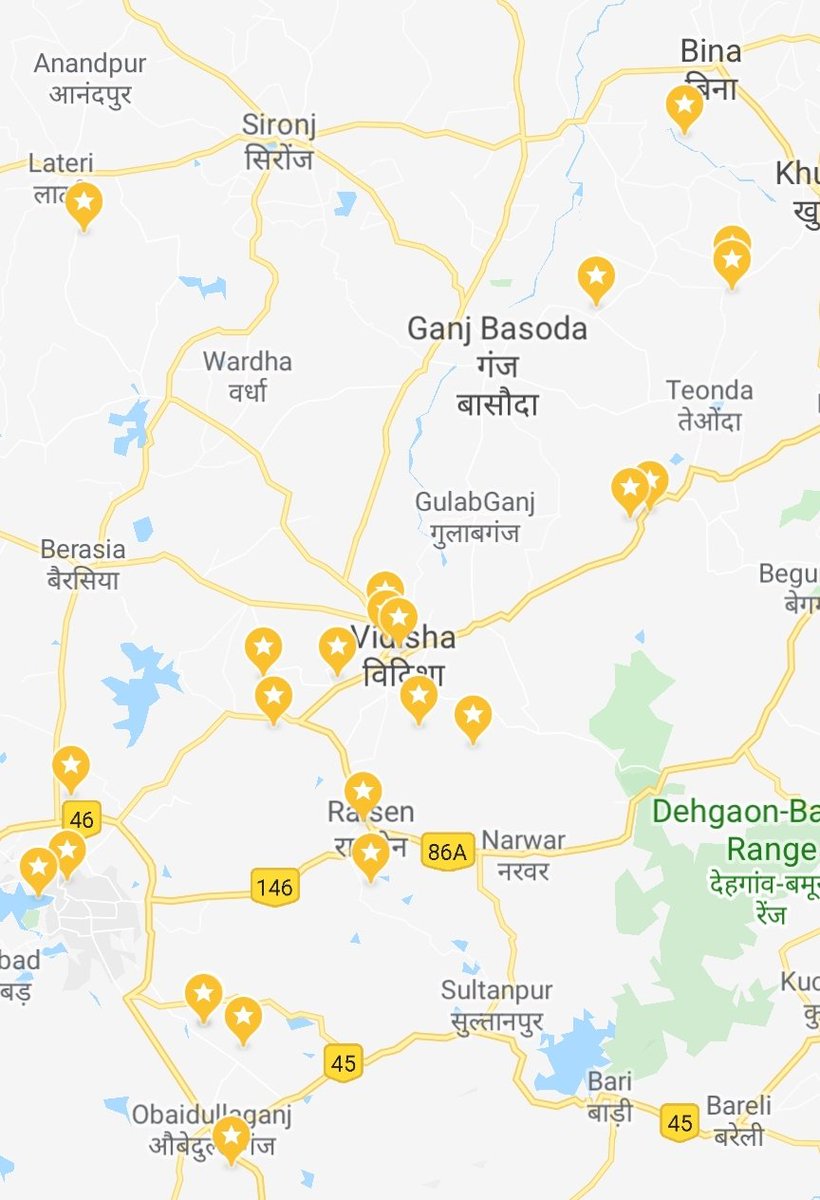
I will be sharing some of the interesting things that I saw.
Caution: This is going to be a very very very very long thread. Don't doze off!
Second stop - Bhimbetka.
These are a series of rock shelters with cave paintings. Here we have cultural deposits starting from Paleolithic age up till early historic period.
In the line-up: Bhojpur, Sanchi, Eran, Pathari, Badoh, Vidisha District Museum, Udayagiri caves, Besnagar, Gyaraspur, Bhopal State Museum, vagera, vagera.
Good night!
1. The Dedicatory, which were consecrated
to the Supreme Buddha
2. The strictly Funereal - contained the ashes of the dead
3. The
Memorial - built upon celebrated spots
inscription may be determined approximately by the
forms of its alphabetical characters". Landmark achievement!
My cab driver completely lost his shit in taking me to this place. This village gets cut off from the world for 4 months during monsoons. The road is completely broken. Had to use an auto rickshaw and walk the last few miles.
The antiquity of this place goes back to the rule of Samudragupta. Cunningham found several punch marked, inscribed, die-struck and cast coins revealing the continuity of habitation here.
I have seen a painting at V&A museum in London depicting the same.
As I wrap this, I'm wondering how Cunningham transversed these places almost 150 years back considering how inaccessible there places are to this day!
Note that all these places mentioned are in a radius of just 100 kms. This tells us the abundance of heritage this country has!











































